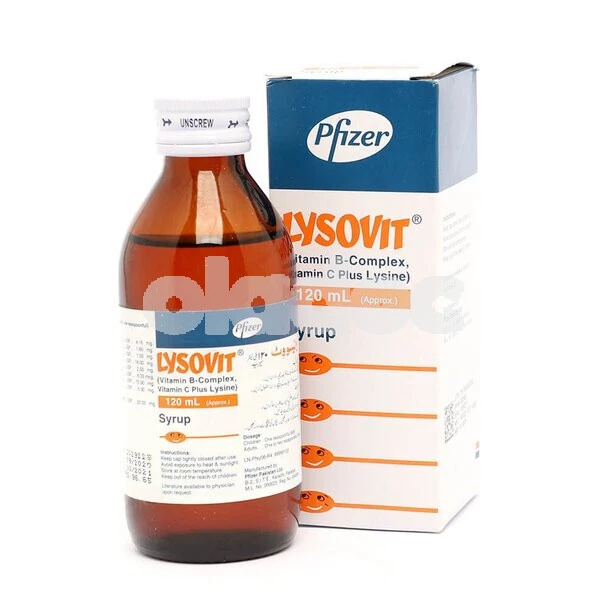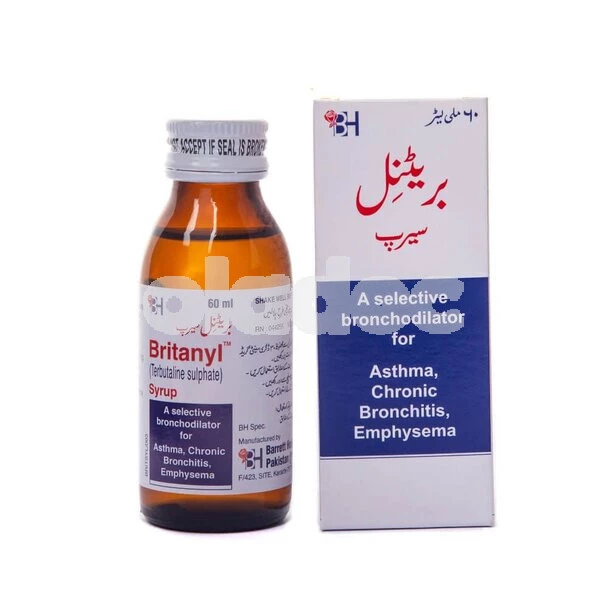The adult human hand has 27 bones, 14 joints, 3 nerves and numerous ligaments and muscles, all of which work in unison to ensure the hands’ proper function. Therefore, any problems or malfunctions in any one of these components can initiate a domino effect that often ends in hand pain, with some well-known (and lesser-known) causes being:
Table of Contents
1- Arthritis:
The most common cause of hand pain, arthritis targets bodily joints, particularly those of the hands and wrists either by gradually eating away at the bone-covering cartilage and causing bones to painfully rub together (osteoarthritis), or inflaming the affected joints to cause stiffness and pain (rheumatoid arthritis).
Treatment:
- Long-lasting anesthetic or steroid injections
- Medications for pain and swelling
- Joint splinting
- Physiotherapy
- Surgery
2- Carpal Tunnel Syndrome:
Swelling caused by thickened or irritated tendons, inflammation, etc. can further constrict the already narrow carpal tunnel comprised of ligament and bone at the base of the hand. This constriction squeezes the median nerve, resulting in severe pain in the thumb, index, and middle fingers and making it difficult to grip small objects. Other symptoms include burning, tingling, and numbness in the palm or fingers, particularly at night.
Treatment:
- Surgery (if pain exceeds 6 months)
- Avoiding uncomfortable activities
- Stretching and targeted exercises
- Anesthetic or steroid injections
- Cold compresses or ice packs
- OTC painkillers
- Oral steroids
- Acupuncture
- Splinting
3- Previous Trauma:
A common diagnosis for construction workers and athletes, bone fractures and muscle or ligament strains can often be the cause of persistent hand pain. Untreated or poorly healed fractures and sprains can permanently alter the hand’s structure and range of motion, resulting in further damage if care is not taken.
Treatment
- OTC painkillers (refrain from taking ibuprofen for the first 48 hours following injury to avoid healing deceleration)
- Surgery (for severe damage)
- Physical Therapy
- Splinting
- Icing
4- De Quervain’s Tenosynovitis:
Like carpal tunnel syndrome, inflammation due to swelling in the two tendons around the thumb’s base can cause nerve constriction resulting in pain when making a fist, turning the wrist and grasping or holding objects, and numbness around the thumb; sometimes in the forearm. Wrist fractures, holding babies in awkward positions, thumb overuse, and repetitive activities, are all common De Quervain contributors.
Treatment
- Splinting
- Icing
- OTC painkillers
- Avoiding pain-inducing tasks and pinching motions
- Physiotherapy
- Surgery
- Steroid Injections
5- Peripheral Neuropathy:
Peripheral nerves are supplied to the arms and legs, aka the peripheries. When damaged as side-effect of diabetes, traumatic injury, and metabolic problems, among others, the sensory nerves in the hands are affected, resulting in pain, numbness and weakness.
Treatment
- Nerve pain-targeting painkillers
- OTC painkillers
- Anti-seizure medication
- Antidepressants
6- Stenosing Tenosynovitis:
Also known as Trigger Finger, the condition occurs when the flexor tendons that control the thumb and fingers’ movement become irritated, thicken, get stuck, and can no longer slide through during finger movement, causing the fingers and/or thumb to get locked in a bent position. Straightening or re-bending these locked fingers causes extreme pain. Stenosing Tenosynovitis is often identified by heat and tender bumps at the base of the affected finger(s) above the palm.
Treatment
- Surgery (for releasing the tendon sheath)
- Steroids injected into the tendon sheath
- NSAIDs
7- Raynaud’s Phenomenon:
Blood vessels normally narrow to keep the body warm when exposed to stress and cold temperatures. In certain cases, however, constriction exceeds the normal level, leading to numbness, throbbing, tingling and prickly sensations in the hands. In more severe cases, hand ulcers, sores, gangrene and tissue damage may also occur.
Treatment
- Mild or Primary Raynaud’s requires no treatment
- Secondary Raynaud’s may require surgery and adopting preventative measures like wearing gloves, boots, socks, and using chemical heaters in cold weather.
Consult with your doctor if you are unable to move or bend your wrist or fingers, your hand pain does not improve over several weeks, or is accompanied by fever, infection, and/or a puncture wound to rule out an underlying condition. You can also book an appointment with a top Orthopedic Specialist in Karachi, Multan and Islamabad through oladoc.com, or call our helpline at 042-0345-0444 for assistance to find the RIGHT Doctor for your limb-related issues.






